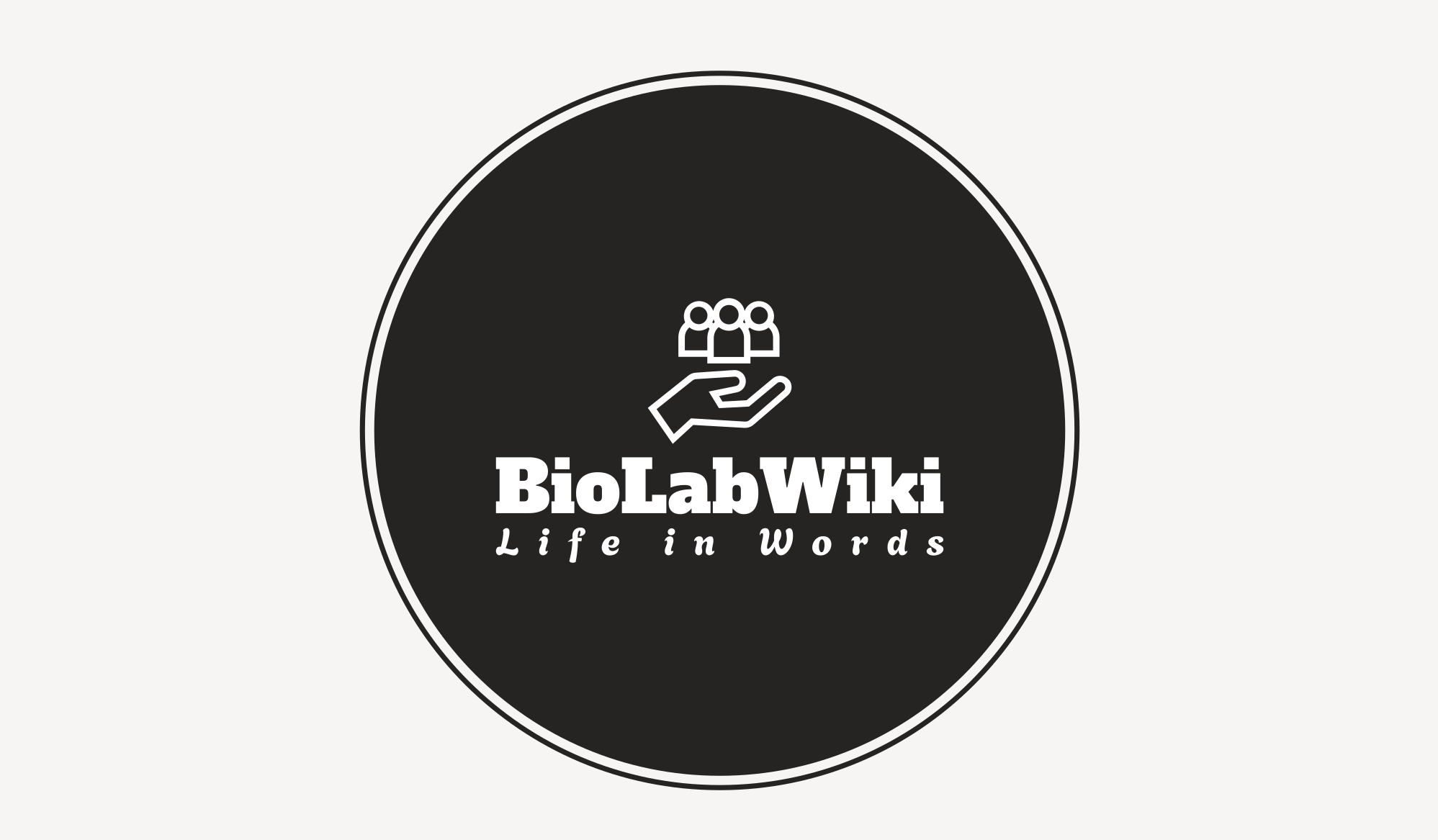In today’s digital pengeluaran cambodia marketplace, audience targeting has become an essential component of successful marketing strategies. The ability to identify and reach specific groups of potential customers can significantly enhance online sales performance. This article explores the impact of audience targeting on online sales, detailing its benefits, strategies, and best practices to help businesses optimize their efforts and drive revenue.
1. Understanding Audience Targeting
Audience targeting refers to the practice of directing marketing efforts toward specific groups of consumers based on shared characteristics, interests, and behaviors. This can include demographic factors (age, gender, income level), psychographic attributes (values, lifestyles, interests), and behavioral data (purchasing habits, online activity).
A. The Importance of Audience Targeting
Targeting the right audience is crucial because:
- Increased Relevance: Tailoring messages to specific segments increases the likelihood that potential customers will find your offerings relevant and appealing.
- Improved Engagement: When consumers feel that a message speaks directly to them, they are more likely to engage with your brand.
- Higher Conversion Rates: Focused marketing efforts can lead to better conversion rates, as you’re reaching consumers who are more likely to be interested in your products or services.
2. The Benefits of Audience Targeting on Online Sales
Effective audience targeting can have profound effects on online sales. Here are some key benefits:
A. Enhanced Marketing Efficiency
By focusing on specific audience segments, businesses can allocate marketing resources more effectively. Instead of casting a wide net and hoping to catch a few customers, targeted marketing allows companies to:
- Reduce Waste: Minimize spending on ads that reach uninterested users.
- Increase ROI: By directing efforts toward those most likely to convert, businesses can achieve a higher return on investment.
B. Personalized Customer Experience
Consumers increasingly expect personalized experiences from brands. Audience targeting enables businesses to create tailored marketing messages that resonate with specific customer segments. This personalization can take various forms:
- Customized Content: Brands can deliver personalized emails, social media posts, and website content that align with individual preferences and behaviors.
- Targeted Offers: By understanding what different audience segments value, businesses can provide targeted discounts or promotions that encourage purchases.
C. Building Stronger Customer Relationships
Targeted marketing fosters deeper connections between brands and consumers. When customers feel understood and valued, they are more likely to develop loyalty to your brand. This can lead to:
- Repeat Purchases: Satisfied customers are more likely to return for additional purchases, increasing lifetime customer value.
- Brand Advocacy: Happy customers often become brand advocates, recommending your products to friends and family, which can drive new sales.
3. Strategies for Effective Audience Targeting
To effectively leverage audience targeting and maximize online sales, businesses can implement various strategies:
A. Utilize Data Analytics
Data analytics is crucial for understanding your audience. Use tools like Google Analytics, social media insights, and customer relationship management (CRM) systems to gather information about:
- Customer Demographics: Understand the age, gender, location, and interests of your audience.
- Behavioral Patterns: Analyze how customers interact with your website, including their browsing habits and purchasing history.
B. Segment Your Audience
Segmentation involves dividing your audience into distinct groups based on shared characteristics. Common segmentation criteria include:
- Demographic Segmentation: Grouping customers by age, gender, income, and location.
- Behavioral Segmentation: Categorizing customers based on their purchase history, engagement levels, and product preferences.
- Psychographic Segmentation: Understanding the values, interests, and lifestyles of your audience to tailor messaging effectively.
C. Develop Buyer Personas
Creating detailed buyer personas helps businesses visualize their ideal customers. These fictional representations should encompass demographic and psychographic information, preferences, pain points, and motivations. By referring to these personas during marketing campaigns, businesses can ensure their messaging resonates with the right audience.
D. Test and Optimize
Regularly testing different marketing strategies is essential for understanding what works best for your audience. Implement A/B testing for:
- Ad Campaigns: Test different ad creatives, messaging, and targeting options to see which performs better.
- Landing Pages: Experiment with various designs, layouts, and calls to action to optimize conversion rates.
4. Real-World Examples of Successful Audience Targeting
Numerous brands have successfully harnessed the power of audience targeting to boost their online sales. Here are a few notable examples:
A. Amazon
Amazon excels at audience targeting through its recommendation engine, which analyzes user behavior to suggest products based on previous purchases and browsing history. This personalization leads to higher conversion rates and increased sales, as customers are presented with relevant products that match their interests.
B. Spotify
Spotify utilizes data analytics to create personalized playlists and recommendations for users. By understanding listening habits and preferences, Spotify can target users with tailored content, resulting in higher engagement rates and subscription renewals.
C. Nike
Nike has effectively segmented its audience based on athletic interests, demographics, and lifestyle choices. The brand’s targeted marketing campaigns often feature specific products tailored to different sports and activities, appealing directly to the needs and desires of their various audience segments.
5. Best Practices for Audience Targeting
To maximize the impact of audience targeting on online sales, consider these best practices:
A. Continuously Update Your Data
Audience preferences and behaviors can change over time. Regularly update your data to ensure your marketing strategies remain relevant. Utilize ongoing customer feedback, surveys, and analytics to stay informed.
B. Foster Open Communication
Encourage two-way communication with your audience. Use social media, email marketing, and surveys to solicit feedback and engage with customers. This helps you understand their evolving needs and preferences.
C. Be Mindful of Privacy
As you collect and analyze audience data, prioritize transparency and privacy. Ensure compliance with data protection regulations and clearly communicate how customer data is used. Building trust with your audience is essential for long-term success.
Conclusion
Audience targeting is a powerful tool for boosting online sales and fostering meaningful customer relationships. By understanding who your audience is, analyzing their behavior, and tailoring your marketing strategies accordingly, you can enhance engagement, improve conversion rates, and drive revenue growth.
As you implement audience targeting in your marketing efforts, remember to leverage data analytics, segment your audience, and continuously optimize your strategies. With a focus on personalized experiences and effective communication, you can create a loyal customer base that not only drives sales but also advocates for your brand in the digital marketplace.



